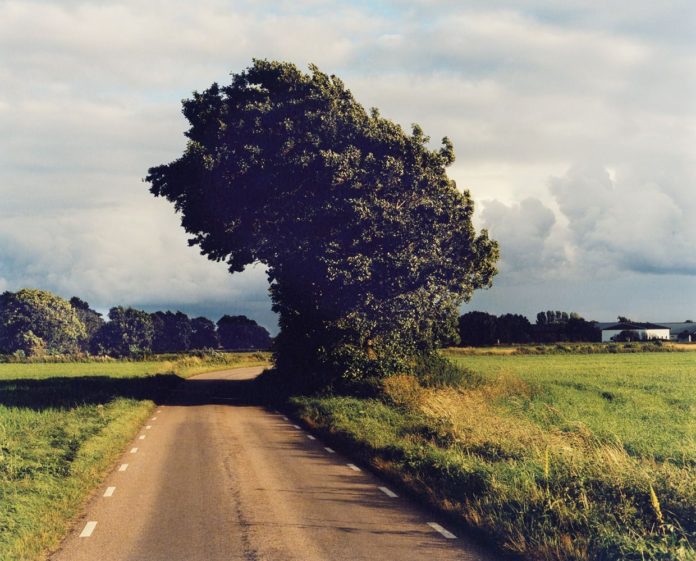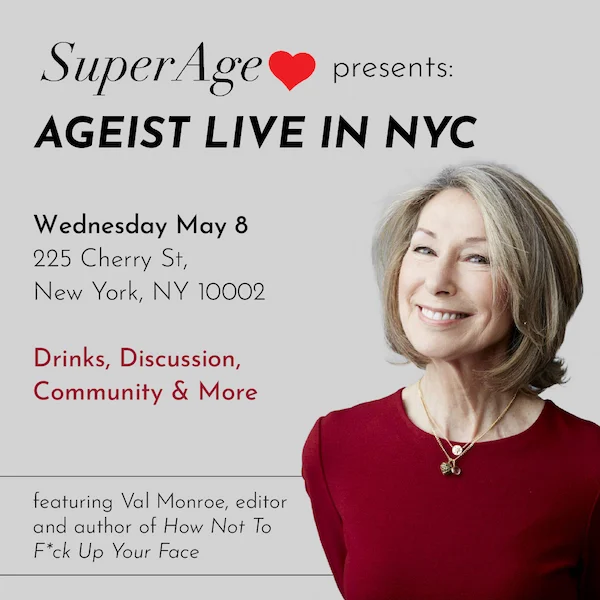The first time I retired, I got up early every day and made a to-do list. I don’t think I ever checked off anything from those lists, but if I even started any of those tasks I only ever got halfway through. Instead of spending three hours writing, or cleaning out the hall closet and the shelves in the garage as I’d listed, I played Words with Friends instead, or cleaned the track of the sliding glass door out to the yard that I noticed when I was going out to sit by the pool. I just felt overwhelmed by what felt like a huge amount of open time and no real goals.
The floundering feeling started even before I read my last “congratulations” card from my co-workers. They had all hugged me and wished me well at my retirement party, and most expressed envy about wishing they were in my place. I was glad to have a break from a stressful job, but I didn’t see the same romantic mist hanging over the golf course, or the lure of unread books stacked next to my easy chair that they saw. Among the few people I knew who had already taken the leap, some were slightly more realistic and recounted giving themselves a year of doing nothing to get adjusted to this new life.
On a busy day at my previous job as a community college administrator, I would have paid money to sit in a room and do nothing — for like an evening. But the thought of doing that for a year sounded horrible. What on earth would I do with my nervous energy or my sense of self-worth for 365 days if all I did was nothing? In my head, I thought of these people as lacking creativity and preparing so poorly for their retirement that they didn’t have a plan. In fact, I was so dismissive of this approach that I didn’t even ask questions about how it worked or why they thought this was a good idea. I just knew that I needed something to do. To me, in those very early, primitive days of being home alone — after nearly 35 years of working — that was my goal. But I was shaky at best. So much so, that when my old college asked me to come back in an interim role, I jumped at it.
What on earth would I do with my nervous energy or my sense of self-worth for 365 days if all I did was nothing?
When that job ended, I was happy to chill for a bit, but I continued to go back every few months when they needed me. Eventually, I liked one of the interim jobs so much, I unretired and went back permanently (well, for three years). I hadn’t felt that relieved in months. Since I was in my late 60s by this time, though, I figured I wouldn’t work forever. That forced me to think more about retirement and how I might approach it differently the next time I did it. It turns out, that this is a lot like planning a diet when you’re at a buffet. I never came at it from the right perspective. Every time I thought about retirement and what I would say when people asked me what I do, I shuddered — and kept working.
But the pandemic changed all of that. Suddenly, I was doing my stressful but meaningful job from my home. In between my dozen or so daily Zoom meetings, I stole glances through my office window at my partner, who was gardening, doing art projects, and playing with the dogs. The whole thing seemed ridiculous. I decided I’d do one more school year and retire July 1, just a few months shy of my 70th birthday. When I started telling people my plans, the congratulations returned, as did the “take a year to figure out what’s next” advice. Even my therapist suggested the same thing.
Devoting a Year to Exploring
I was more realistic about not setting up a rigid plan and schedule, but I was also still stuck in a mindset that seemed to thrive on chaos, stress, long days, and an insanely hard-headed belief in my ability to multi-task. I could not picture myself going from a full, busy life to puttering in the yard for a year. Even looking at the lives of my retired friends didn’t give me the push to give over to a whole new way of living. Nothing anyone was doing looked particularly fun or meaningful to me so I mostly knew what I didn’t want to do in retirement. It was actually a writing coach, a woman young enough to be my daughter, who suggested I look at some of the things I might want to do — fitness, travel, meditation, house projects — focus on one every month or month and a half, and then write about the experience over the course of a year. There was that year again but, couched in the realm of writing, it didn’t make me bristle like before. In fact, because I’d longed for a writing project, I was totally willing to devote a year to exploring.
About eight months in, I realized I was doing exactly what my friends who said, “give it a year” had advised. I had just inadvertently surrounded the experiment with different parameters that made it more palatable. In fact, my writing assignment of spending every month or six weeks trying some things that I had always imagined someday doing was exactly what they meant. And not only was I doing it, but I was enjoying it. I had an established task, I was doing things I had really wanted to do more of, I was engaging with other people (like my running partner, a small meditation group, and others), and I was getting to check things off my list. I let the tasks fit into my time schedule kind of organically and, slowly, some meaningful days began to emerge. I also started to realize what was missing or lacking, which was good. This allowed me to be flexible and to really think about what I wanted my life to look like.
I started to see this time in between a long career and whatever lies ahead as a bit of a bridge
I started to see this time in between a long career and whatever lies ahead as a bit of a bridge — the kind you stop at and enjoy the sights on either side, maybe even have a conversation with other travelers. We don’t stay on the bridge, but it gives us a chance to think about where we’ve been and where we’re going. It’s the time between two major portions of our lives. That’s when I remembered the idea of gap years, the very popular activity that high school graduates (or even college graduates) engage in between high school and college or college and a career. Most gap years are focused on travel and exploration. The goal, of course, is to help the person figure out what they want to do and where they’re headed.
And that’s exactly where we find ourselves when we retire — figuring out next steps and a new direction. A gap year works wonders in helping us get there.
Looking for some new ways to approach your retirement? Try these resources.
The Science of Well-Being, taught by Dr. Laurie Santos
In this free Yale University course, you will engage in a series of challenges designed to increase your own happiness and build more productive habits. As preparation for these tasks, Professor Laurie Santos reveals misconceptions about happiness, annoying features of the mind that lead us to think the way we do, and the research that can help us change. You will ultimately be prepared to successfully incorporate a specific wellness activity into your life. Perfect way to head into your retirement.
https://online.yale.edu/courses/science-well-being
Roar … Into the Second Half of Your Life Before It’s Too Late, by Michael Clinton
This book helps you discover how to make the second half of your life happy and productive. This perceptive and inspiring guidebook will help you achieve your dreams and get more out of life — whether or not retirement is in your future plans.
https://roarbymichaelclinton.com
“Life’s Third Act,” Jane Fonda
Ted Talks, December 2011
https://www.ted.com/talks/jane_fonda_life_s_third_act
The Retirement Wisdom Podcast — looks at all aspects of retirement today
https://podcasts.apple.com/us/podcast/the-retirement-wisdom-podcast/id1360304023
Roads Scholar (formerly Elderhostel) — travel learning adventures.
https://www.roadscholar.org
Author:
Ginny McReynolds
Mcreynolds.ginny@yahoo.com



